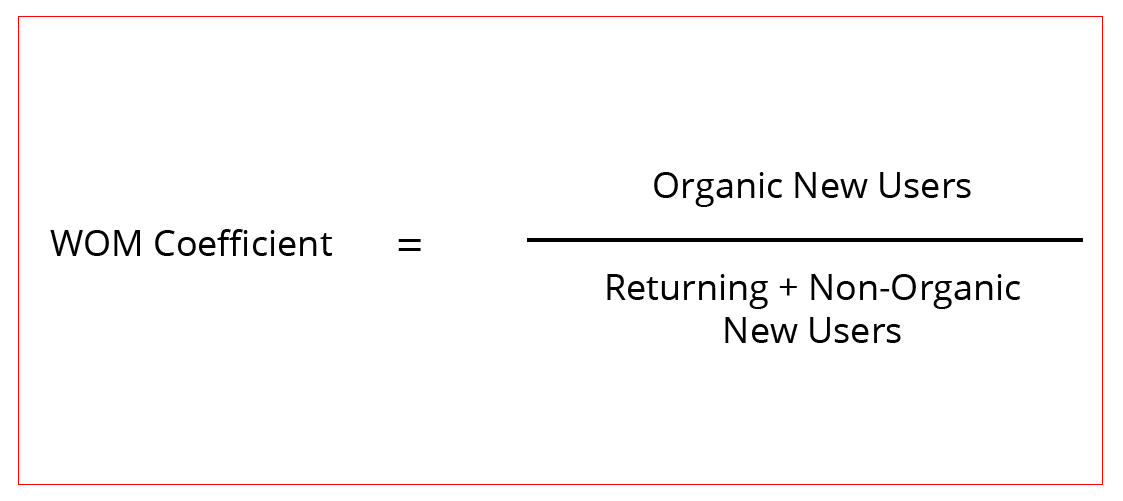Revenue operations is a key component of any business and involves overseeing the various processes that contribute to the generation of revenue. It often is a department on its own, tasked with facilitating collaboration across marketing, sales, and customer service.
In recent years, revenue operations has become popular because it allows businesses to gain deeper insights into their customers and markets. By continuously monitoring performance, businesses can adapt quickly to changes in the market environment and identify areas of improvement in their operations. Additionally, revenue operations enable businesses to react faster to customer needs and stay competitive with new technologies and trends. This makes keeping up with the competition easier, enabling businesses to maximize revenues over time.
Once you’ve implemented a revenue operations strategy, measuring and monitoring revenue operations performance is essential for success. It allows you to gain valuable insights into your business and helps you identify trends and opportunities. This can help you make informed decisions, maximize profits, and drive increased revenues. By tracking metrics, you can also ensure that your processes are running smoothly and efficiently in order to remain competitive in the market.
Some key performance indicators (KPIs) commonly used to measure revenue operations performance include average order value (AOV), cost per acquisition (CPA), customer satisfaction score (CSAT), and price per seat. However, these metrics are probably already used in your marketing, sales, and CS teams and may not capture the cross-functional nature of revenue operations.
In this article, we’ll focus on innovative, cross-functional metrics you can use to measure the performance of your revenue operations initiatives.
- Customer Lifetime Value
- Customer Sentiment Analysis
- Word of Mouth Coefficient
- New Logos
- Sales Process Velocity

Change in Customer Lifetime Value (CLV) Over Time
Customer lifetime value (CLV) is a metric used to measure the total amount of revenue that a customer will bring to a company over the course of their relationship. It takes into account factors like customer retention, average purchase value, and frequency of purchases. CLV is used to determine how much money businesses should spend on acquiring and retaining customers. By understanding the CLV of their customers, businesses can make more informed decisions about marketing and sales campaigns, and other initiatives related to customer acquisition and retention.
If the average customer lifetime value increases over time, and your cost per acquisition is staying the same (or decreases), chances are your revenue operations efforts are paying off. After all, this metric focuses on the entire lifecycle of a customer (from brand awareness, prospecting, and purchase all the way through onboarding and upselling).
How to Calculate Customer Lifetime Value
To calculate customer lifetime value (CLV), you need to first determine the average revenue that a customer brings to the company per unit of time. This can be done by subtracting the cost of acquiring and retaining customers from their total purchase amount over time. Once you have acquired this data, you can then divide it by the total number of customers to get an average CLV for each customer. Generally, businesses should strive for higher CLVs as it indicates that their efforts to acquire and retain customers are paying off. Additionally, knowing CLV helps companies better target new customers with more profitable campaigns and discounts.
Customer Sentiment Analysis
Customer sentiment analysis is the process of analyzing customer feedback and reviews to gain insights into customer attitudes, opinions, and emotions. It is used to track customer sentiments over time and identify any potential issues with products or services that can cause customer dissatisfaction. By understanding customer sentiment, businesses can take action to improve their products or services, enhance their relationships with customers, and improve customer retention. Additionally, customer sentiment analysis can help businesses develop more personalized experiences for their customers.
How to Measure Customer Sentiment Analysis
Sentiment analysis can be done through natural language processing (NLP), which involves analyzing text in customer reviews, sales calls, and comments for patterns in sentiment. This is usually done with an AI-powered tool. You can use a tool like HubSpot’s Conversational Intelligence, Gong, Avoma, or Behavior Sales to begin analyzing and optimizing sales conversations and customer feedback.
Word of Mouth (WOM) Coefficient
Word of Mouth is a term used to describe the practice of creating and spreading positive messages about a product or service from one customer to another, typically via online channels such as social media and review sites. This type of marketing can be extremely powerful, as it leverages the natural human tendency for people to trust the opinions of their peers. Word of mouth can help businesses increase brand awareness, build relationships with customers, and boost sales. However, it’s not something that is easy to generate from a marketing or sales department. Instead, customers need to be so satisfied with your company that they choose to share their experience with others.

How to Calculate Word of Mouth
It can be challenging to assign a numerical value to word of mouth, similar to how difficult it is to quantify brand awareness. However, one option is to use a WOM coefficient, or dividing the number of new organic users by the sum of returning users and non-organic new users. You can find the number of organic, returning, and non-organic users to your website via Google Analytics, and you can use a questionnaire in your sales process that asks “How did you hear about us?” to define new users as organic or non-organic.
New Logos
Sometimes, keeping it simple is best. How has the number of new companies (ie, new logos) changed over the course of your revenue operations implementation? If there are more users from various brands using your product or services, chances are your overall revenue is increasing, and so is your brand awareness. This metric is specific to B2B companies, that sell to other businesses rather than directly to the end consumer.
Sales Process Velocity
Sales process velocity is the speed at which a customer moves through the sales process. It refers to the time it takes for a business to convert a lead into a customer and complete the sale. Optimizing the sales process can help increase sales velocity and ensure transactions are completed quickly and efficiently. Strategies such as streamlining services, automating processes, leveraging technology, and providing exceptional customer service can all have an impact on increasing sales velocity. In general, businesses should aim to minimize friction in the sales process while ensuring they maintain their standards of quality.
While this metric focuses on the sales side of revenue operations, it involves input from marketing and customer service as well. By working together across each of these departments, it’s possible to optimize your process velocity and make the customer journey seamless and easy.

How to Measure Sales Process Velocity
Measuring sales process velocity involves tracking the key metrics that indicate the speed of a customer’s journey through the sales process. These metrics may include average time to close, time from lead generation to sale, conversion rate, and the number of touchpoints within a certain time period. Tracking these metrics can provide valuable insights into how quickly a business is converting leads into customers, while also highlighting potential areas for improvement.
It’s possible to automatically track and report on sales process velocity within your CRM, by adding a time stamp to a deal when it moves to a new stage in your pipeline. Additionally, businesses should regularly review customer and staff feedback in order to gain further insight into the customer experience and identify any potential issues with the sales process.
Use RevOps Metrics to Your Advantage
By measuring revenue operations metrics and KPIs, businesses can gain valuable insights into the effectiveness of their RevOps strategy. Utilizing innovative methods such as word-of-mouth coefficients, tracking new logos, and customer sentiment analysis, businesses can work towards increased revenues.
Remember, there is no singular “right” way to track RevOps – it depends heavily on the needs of your team, the size and structure of your organization, and at the end of the day, which KPIs make the most sense for your team as a whole.



